Redhouse Architecture wants to use mushrooms to turn derelict buildings into new homes
The latest video in our Dezeen x MINI Living series reveals a plan to recycle derelict homes, by demolishing them, combining the waste with mushroom mycelium and then using it to build new, biodegradable structures.
The technique, which is being developed by Cleveland studio Redhouse Architecture, is intended as both an answer to the housing crisis and a more sustainable way of building.
Described as "biocycling," the process involves breaking construction waste down into a pulp and mixing it with mycelium, which is the vegetative part of a fungus.
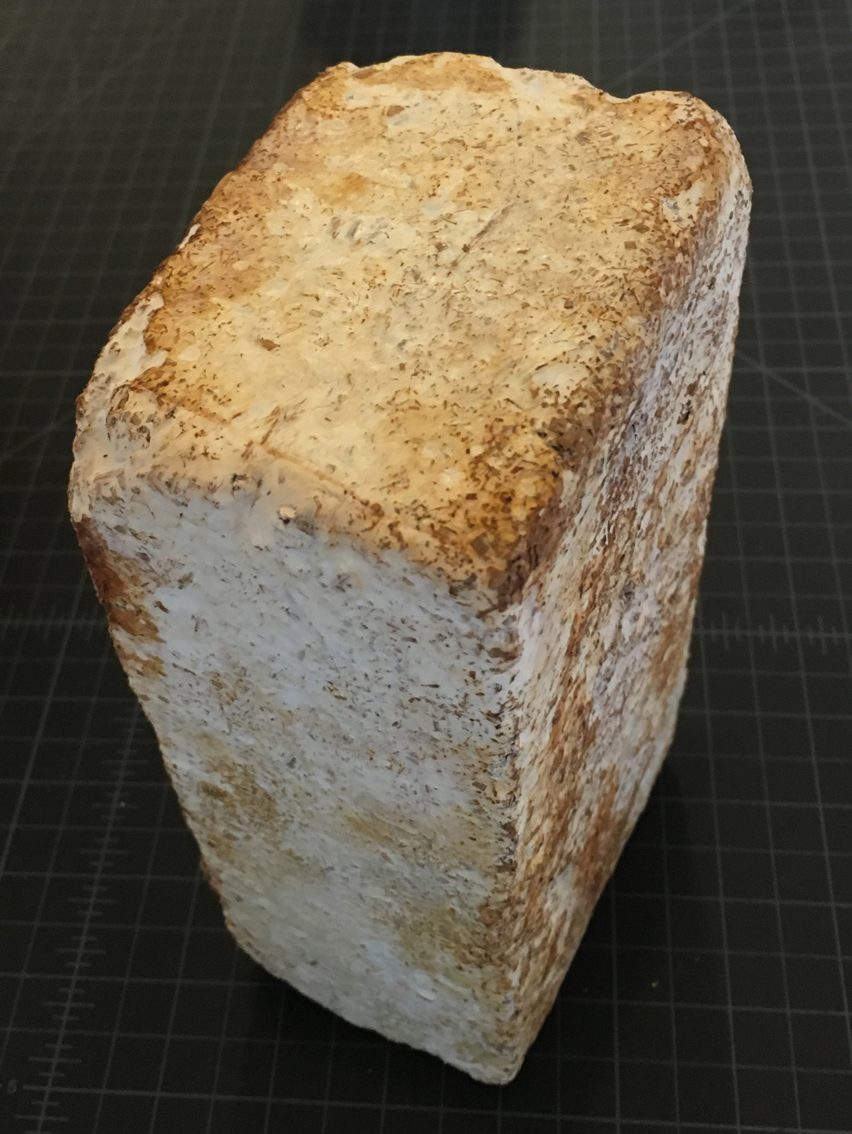
The mycelium binds the mixture together as it grows, creating a mass that can then be compressed to form a new building material. This new material can be cut into bricks or used as insulation.
Redhouse Architecture founder Christopher Maurer claimed his studio's research into mycelium is a response to the housing crisis in Cleveland, where there is an abnormally high number of derelict homes.
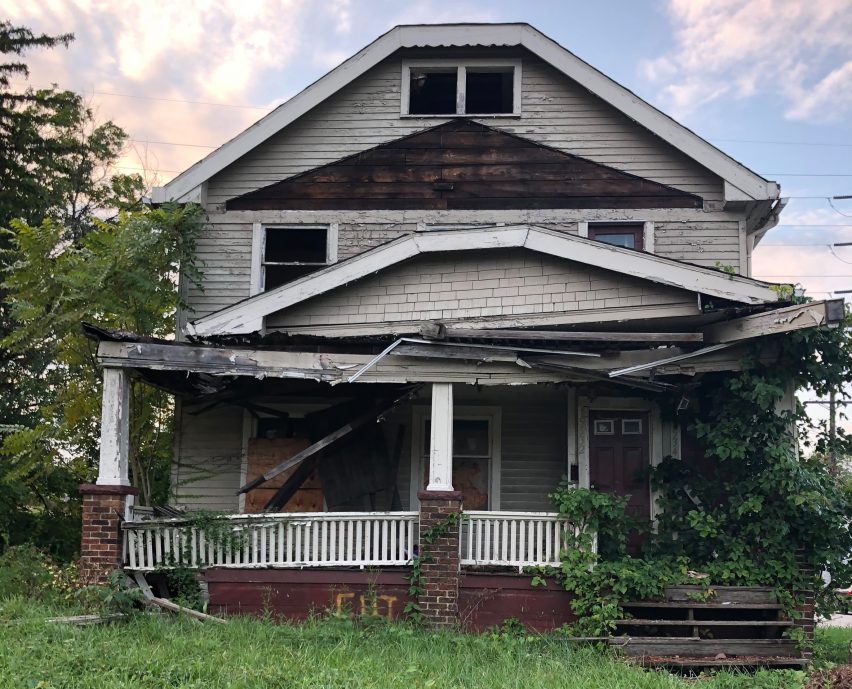
"The housing stock is so cheap and so derelict that most people want to just tear it down,” he told Dezeen. "That waste just ends up in landfills for the most part, as it's too expensive to extract any of the good materials."
Rather than demolishing Cleveland's abundance of derelict housing and releasing hazardous materials into the environment in the process, Maurer wants to recycle it. "Our ultimate goal would be to turn houses into new houses," he explains. "So it would be recycling entire structures."
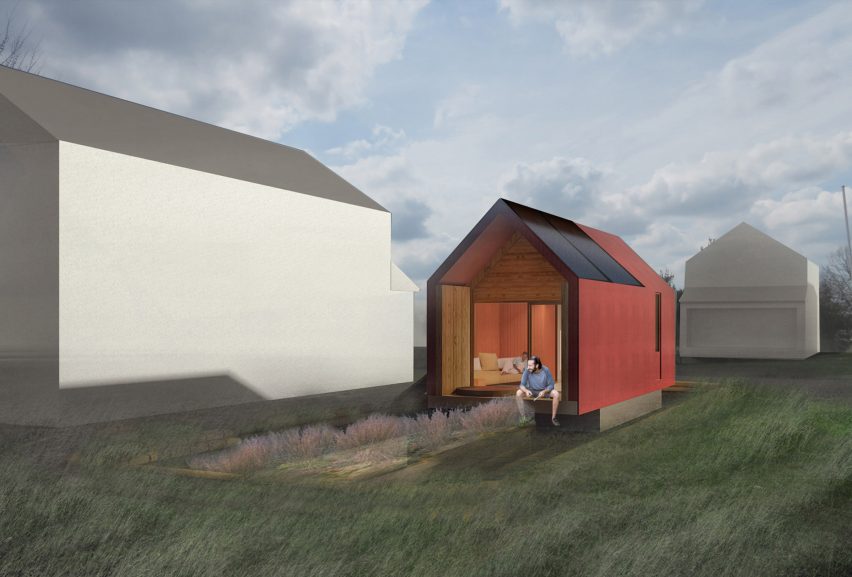
According to Maurer, the process would create a new kind of biodegradable home, which could be used as either permanent accommodation or temporary housing.
"The materials we use are totally organic," he told Dezeen. "If you protect them they can be used indefinitely, but if you want to just use them as temporary housing as often happens in disaster zones, these can also be composted or biodegraded safely.”
Redhouse Architecture's plans also incorporate a portable facility called a "biocycler", which could be taken to demolition sites to enact the full process in-situ.
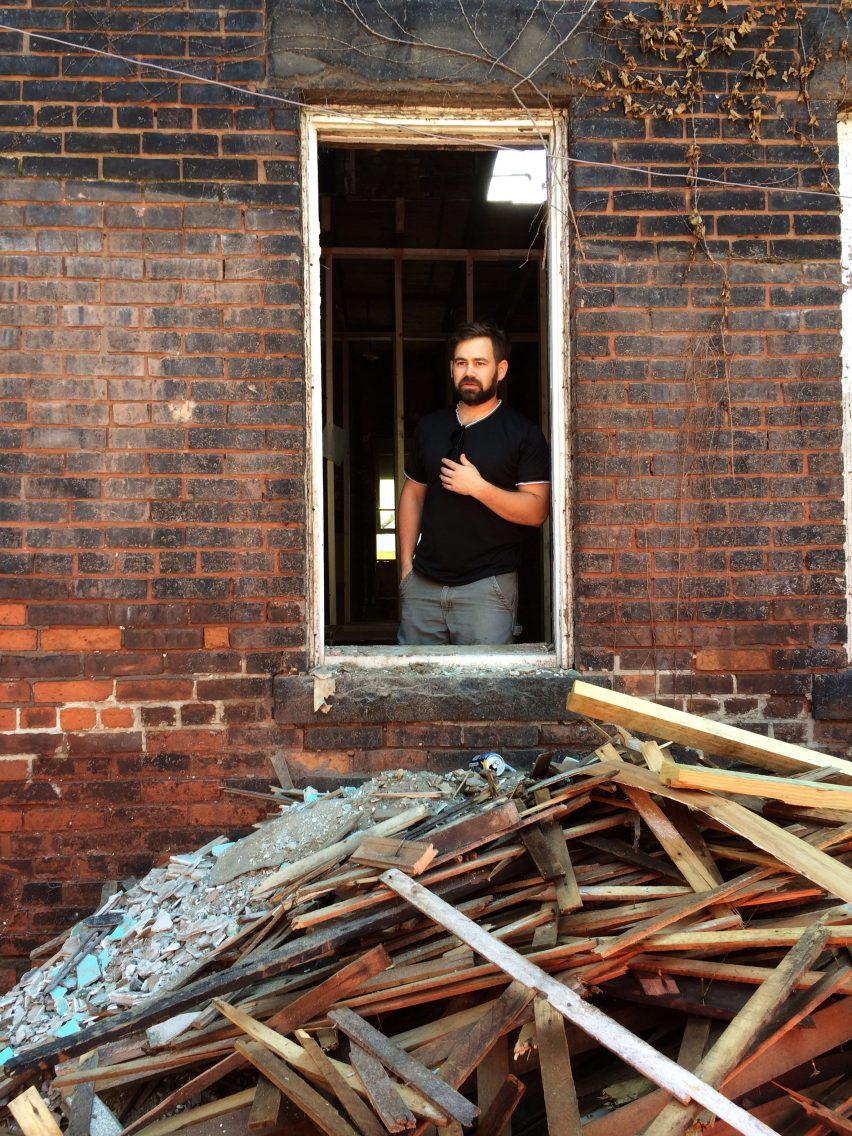
Maurer said that biocycling will empower a more DIY approach to construction, as the technique can be taught to communities and enacted on-site. "A maker society is developing around mycoterials," he said. "It's something that anyone can really do on their own because the processes are so accessible."
Because of the accessibility and low cost of the technique, Maurer believes that it will be useful for communities in the developing world, where punitive import tariffs on building materials often prevent necessary construction from taking place.
Maurer even claimed that the technique could offer struggling communities a new stream of revenue.
"We'd like to go someplace, show people how to produce the materials, and using fab lab equipment turn the good that they’re manufacturing into an actual product that can be useful to local economies or even exported," he said.
Currently, Redhouse Architecture's efforts to build using mycelium are in the research and funding stages. But the studio is planning to recycle waste from a hotel renovation project they are currently working on for their first "mycotecture" build – a mushroom farm.
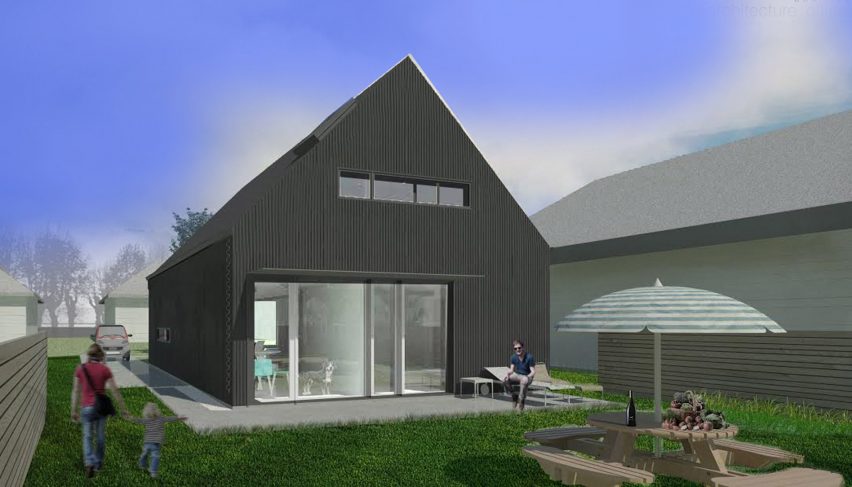
While Maurer's practice is currently able to enact the process on a small scale, technological developments need to take place before mycotecture can become widespread. "We would like to see buildings come about within five years using these materials," Maurer added.
This movie is part of Dezeen x MINI Living Initiative, a collaboration with MINI Living exploring how architecture and design can contribute to a brighter urban future through a series of videos and talks.
